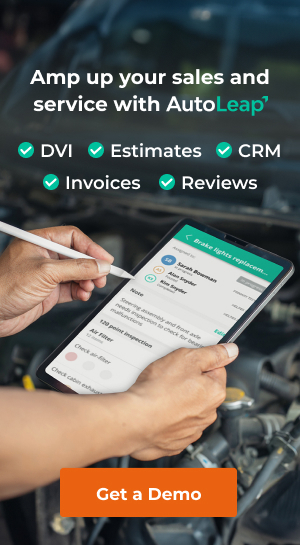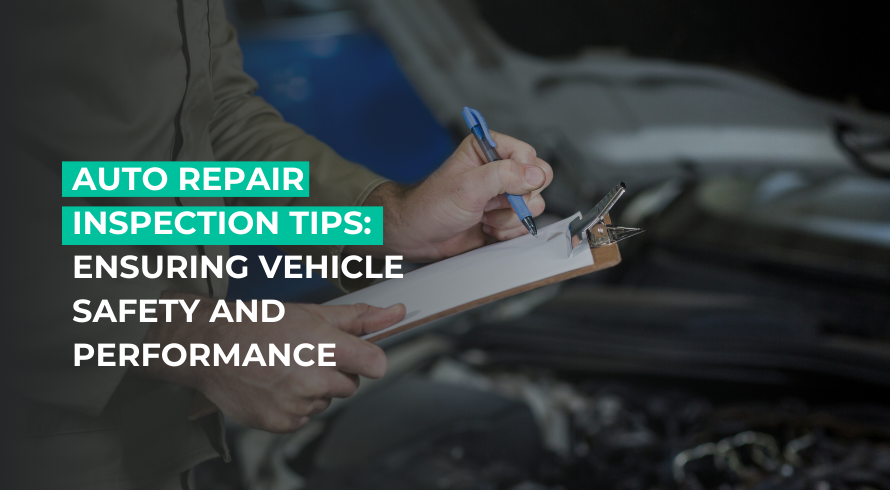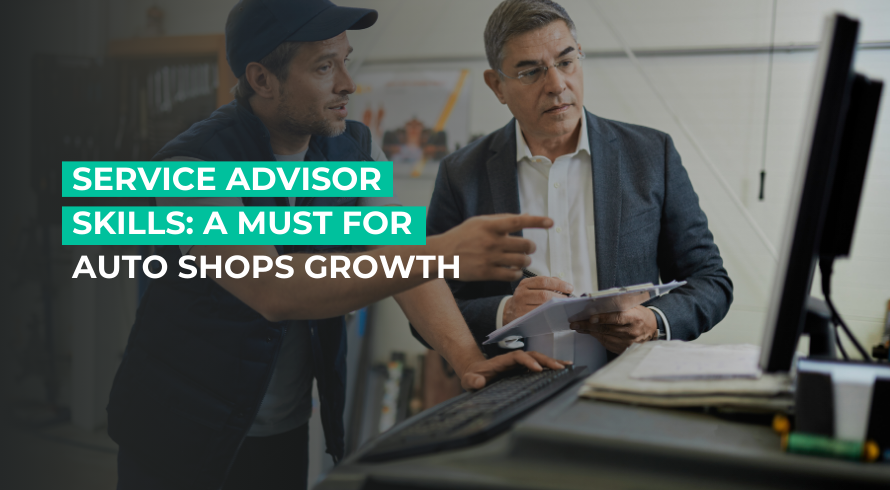Your shop needs clear two-way communication for every step of a customer’s service experience.
That was the message of John Burkhauser, an experienced auto repair industry specialist, in AutoLeap’s latest webinar.
Let’s reflect on some key takeaways from the session!
Schedule a free demo today!

Boost your shop sales

Simplify shop management

Empower your technicians
How communication influences every stage of your service process
John underscores how effective customer communication will influence every aspect of your shop’s multi-stage service and repair experience.
Specifically, communication will play a part in:
- Appointment
- Drop off
- Dispatch
- Inspection
- Estimate
- Authorization
- Dispatch
- Invoice
- Complete
- Exit interview
John provides examples of quality communication at work. Let’s break some of his examples down:
- For the appointment stage, your shop can communicate to customers that there’s a wait time
- During vehicle drop-off, your service advisor can listen to what the customer says and take notes on their expectations (Note: John says this isn’t the time for a service advisor to focus on what they think; it’s about the customer)
- Communication makes a difference internally, too. During dispatch, it can play a huge role in getting your techs the right vehicles to work on at the right time.
- Customer communication matters during the inspection phase as well. John mentions the impact of digital vehicle inspections (DVIs), which can enhance customer transparency as they evaluate their vehicle’s service and repair needs.
- Fast forward to the exit interview. This is where John says your shop can communicate the work done on a customer’s vehicle and what the car may need in the future. It’s an important step to execute, as you can ensure recurring business.
A potential barrier to communication for auto repair shops
Think about the evolution of technology, from answering machines to voicemails. Many problems popped up along the way for businesses. These include voicemails piling up, along with incoming spam calls.
As a result, John says auto repair businesses have resorted to picking up their phones less. This makes it more challenging to authorize customer repair orders and send reminders on upcoming appointments.
Ultimately, phones evolved from a mainstream source of communicating with customers to a potential hurdle in those critical connections.
But John offers a modern solution for auto repair businesses to overcome this obstacle: texting and SMS functionality.
Wrapping up
Check out more of John’s customer communication insights, including the advantages of texting and SMS capabilities in shop management software. Watch the webinar recording here.












